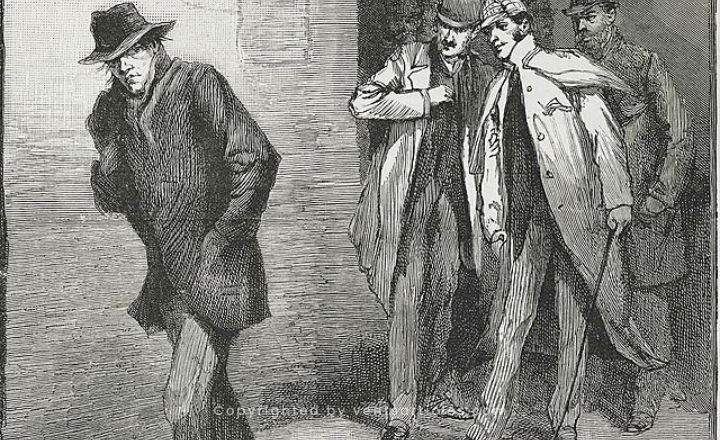
Execution Of John M Wilson Hanged Cheltenham Murder
The instance of John M. Wilson, who was hanged for the Cheltenham murder in the late nineteenth hundred years, remains as a prominent illustration of the unforgiving equity arrangement of Victorian Britain. Wilson’s execution on January 13, 1887, drew huge public consideration, mirroring the cultural interest with wrongdoing and discipline during that period.
This article investigates the foundation, wrongdoing, preliminary, and the effect of this case of John M Wilson Hanged Cheltenham Murder on the nearby local area and more extensive society.
Background of John M. Wilson
John M. Wilson came from a common foundation, battling to earn barely enough to get by all through his life. His initial years were set apart by monetary flimsiness, and as he became older, he wound up entrapped in different difficulties. Notwithstanding his unobtrusive starting points, Wilson’s life took an uncommon turn that drove him to carry out a wrongdoing that stunned the inhabitants of Cheltenham.
The Cheltenham Murder
The homicide that occurred in Cheltenham was frightful and immediately turned into a subject of far reaching conversation. The person in question, purportedly a nearby occupant named Anthony W. Dealy, was tracked down dead in a disconnected region.
As indicated by reports, Wilson’s rationale originated from a disagreement regarding neglected compensation. Baffled and inebriated, he went after Dealy with a sharp weapon, prompting the casualty’s passing. Because of the frozen ground, Wilson dismantled the body to discard it, putting the parts in sacks and endeavoring to sink them in a close by stream.
The episode sent shockwaves through the local area, as such severe violations were intriguing and profoundly disrupting. The absence of cutting edge scientific techniques at the time implied that the examination depended vigorously on observer accounts and fortuitous proof, which ultimately highlighted Wilson as the essential suspect.
The Trial and Conviction
Wilson’s preliminary was quick, a typical event for serious violations in Victorian Britain, where equity was frequently facilitated. The indictment introduced solid proof, including observer declarations and perceptions of Wilson’s dubious conduct following the homicide.
The guard contended for his honesty, refering to absence of direct verification and underscoring the questionable idea of the conditional proof. Notwithstanding, the heaviness of public opinion and the grim subtleties of the wrongdoing affected the jury’s choice. Wilson was viewed as liable and condemned to death by hanging, a regular discipline for homicide during that period.
essential suspect.
The Execution
The execution of John M. Wilson was conducted publicly, aligning with the practices of the time. Public hangings were intended to serve as both a punishment and a deterrent, attracting large crowds who viewed these events as grim spectacles.
On the day of Wilson’s execution, many gathered in Cheltenham to witness the hanging. The atmosphere was described as tense, with a mix of satisfaction at justice being served and discomfort at the sight of a man being put to death.
Public reactions varied, with some seeing the execution as a necessary response to a horrific crime, while others began to question the morality of such a public display of capital punishment. This event highlighted the societal norms and legal practices of the time, showcasing the punitive measures used to maintain law and order.
Impact on Cheltenham and Society
The hanging of John M. Wilson left a lasting mark on the Cheltenham community. It instilled fear among residents, reinforcing the consequences of violent crime and the power of the judicial Hsystem. However, as the 19th century progressed, attitudes towards capital punishment began to shift.
Public executions, once a common practice, started to face criticism for their inhumane and barbaric nature. By the early 20th century, such spectacles were abolished, and debates around the morality of the death penalty intensified.
The case of John M. Wilson is often referenced in discussions about the evolution of the legal system in England. It illustrates the harsh realities of the Victorian era’s justice system and the limited investigative tools available to law enforcement at the time. This case also contributed to the growing movement against public executions, ultimately leading to significant reforms in the British criminal justice system.
Conclusion
The story of John M. Wilson’s crime and subsequent execution is a significant chapter in the history of Victorian England’s legal landscape. It reflects the societal norms of the time, the swift and often severe nature of justice, and the changing attitudes towards capital punishment.
While Wilson’s actions led him to pay the ultimate price, his case remains a poignant example of the complexities of crime, punishment, and the evolving perceptions of justice in the 19th century.